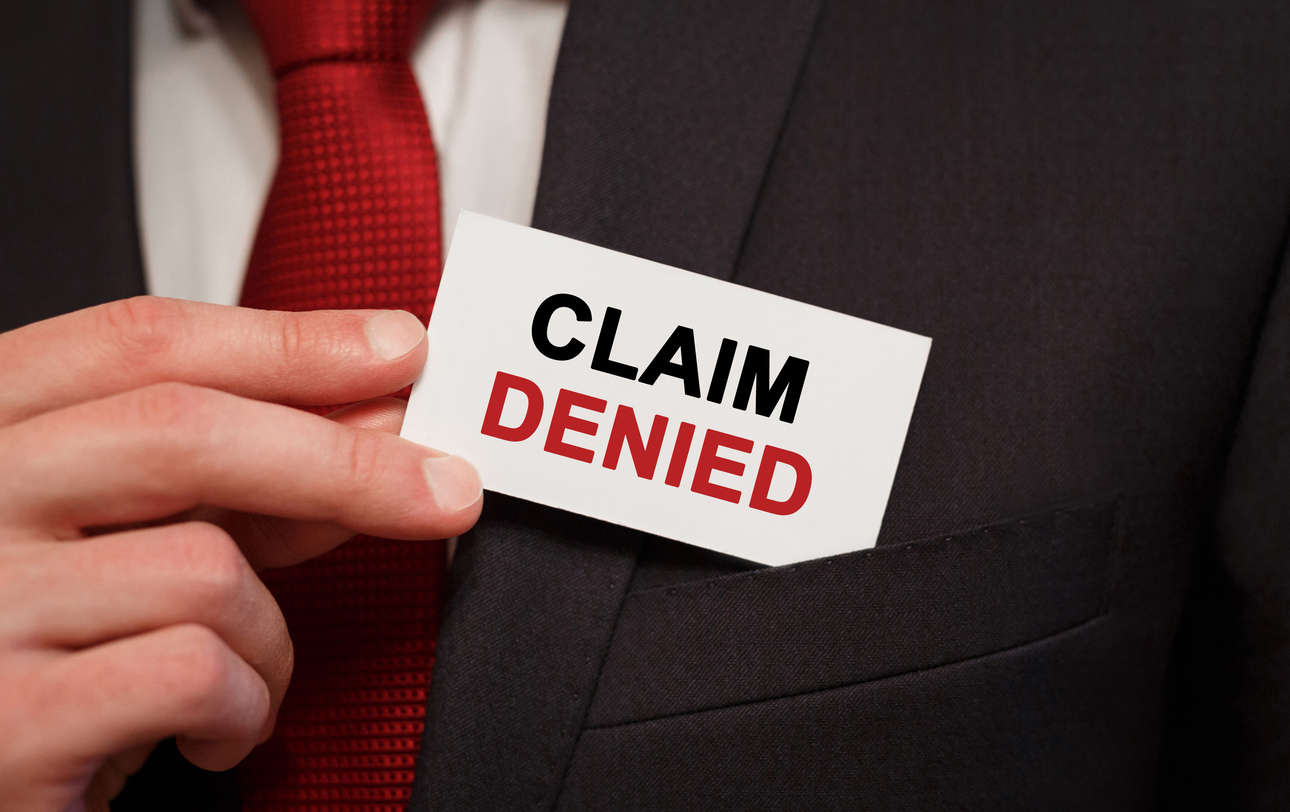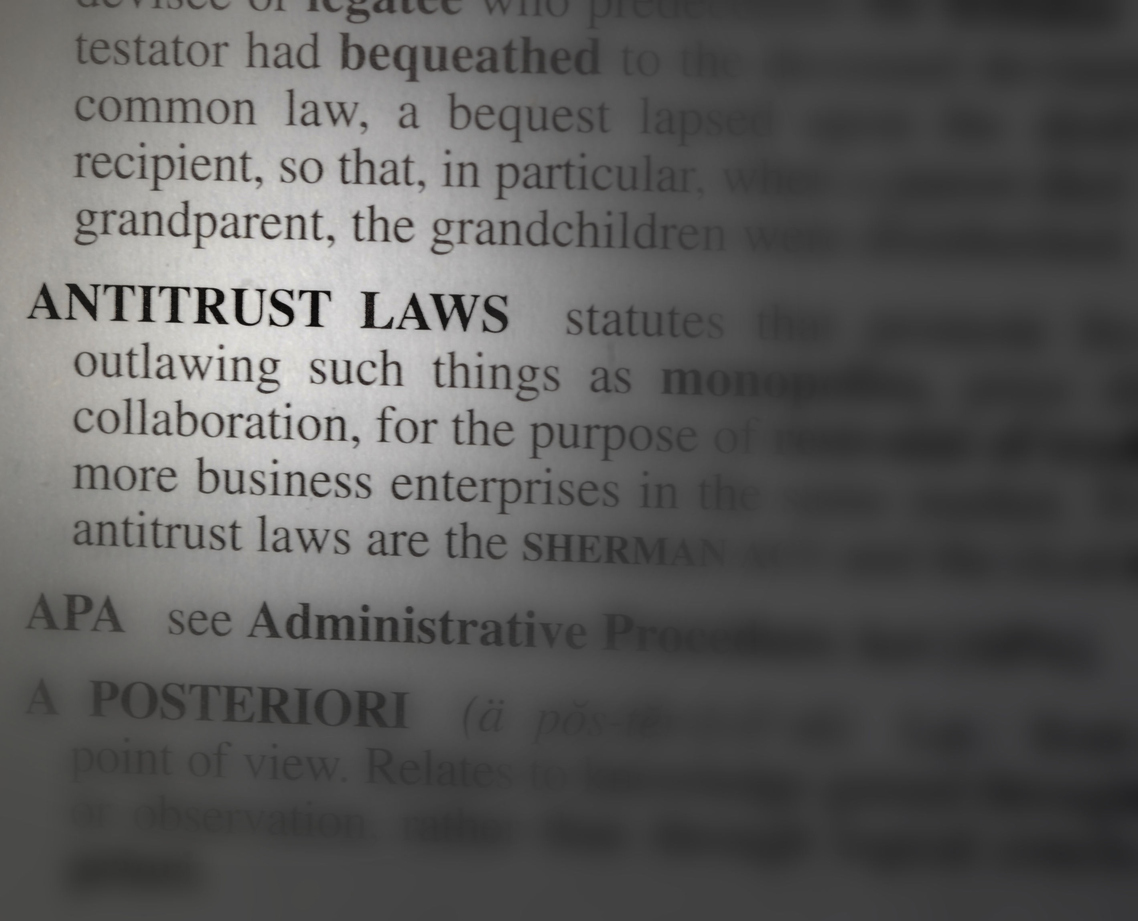Fires scenes are inherently dangerous workplaces for insurance adjusters. Yet—as I stated yesterday in, OSHA Standards Apply to Insurance Adjusters, it is my experience that most insurance companies and independent adjusting firms have no safety program nor training for their adjusters who work at fire scenes adjusting losses and evaluating damages. This is illegal and in violation of federal law. It is amazing that OSHA has not fined these entities whose managers have to know about these dangers—they sell and service fire insurance.
Dan McIntyre wrote a paper, Fire Scene Safety – Your Call on OSHA, which confirms my observation:
Over the past several years we have repeatedly called the attention of fire investigators and insurance adjusters to basic safety procedures at a fire site. We include insurance adjusters in this category because they often go to fire scenes and other losses oblivious to basic safety.
We caution woman who are pregnant to be extremely careful about entering a fire site environment. The problems potentially are many fold. Older houses have lead paint. Some houses have asbestos from pipes or other insulating material. The problem is exaggerated when the building has been sealed and heat introduced to keep the pipes from freezing. (emphasis added)
A website dedicated to educating those working at fire scenes, FiresceneSafety.com, states the following:
“Today’s fire and explosion investigators work in environments and conditions that are considerably more hazardous than those of 20 to 30 years ago. The widespread use of synthetic building materials and furnishings has greatly increased the amounts and kinds of toxic byproducts of combustion that may result in personal injury, illness, and death. .. [S}tudies of firefighter occupational safety and health hazards …since the early 1990’s have concluded that numerous toxic byproducts of combustion are usually present well after a fire is extinguished. Several of these toxic substances are poisons or known or suspected human carcinogens, such as acrolein, acrylonitrile, benzene, formaldehyde, sulfur dioxide, hydrogen cyanide, dioxins and numerous polycyclic aromatic hydrocarbons. Investigators face the risk of exposure to these toxic substances during and after overhaul unless proper personal protective clothing and equipment (PPE), including adequate respiratory protection are worn….
The majority of the injuries, illnesses and exposures that pose risk to investigators can be reduced or eliminated through the use of a protective ensemble that consists of turnout gear, helmet, boots, gloves, eye protection and appropriate respiratory protection equipment (respirators and self-contained breathing apparatus). All agencies and investigators must recognize that the duties and responsibilities of fire and explosion investigators routinely require them to work in potentially hazardous environments and the possibility ALWAYS exists that they may be injured or exposed unless adequate policies, procedures, PPE and health and safety training are made a regular part of the job.” (Emphasis added)
EFI Global is a regular vendor for insurance companies. They consult on a number of engineering and restoration issues regarding fire claims. Keith Pokorny, on behalf of EFI, wrote Protection from Hazards in the Post Fire Environment, which stated in part:
To lower the risks to those entering properties after a fire event, the following should be considered as part of the planning processes in assigning or performing field adjusting, contents inventory, fire origin and cause investigations, and engineering or environmental assessments:
● While direct exposure to inhalation hazards can be minimized through the use of respiratory protection, be sure to use filters for both particulate (HEPA filters) and volatile organic compounds (charcoal charged filters). Generally these “dual cartridge” respirator filters are color coded with dual colors: with magenta (for particulate) and yellow (for chemical hazards). Also be reminded of potential breathing restrictions and increased potential for heat stress on a warm day. Leave sufficient time to remove yourself from the building, hydrate and recharge before continuing with your work
● During application, many building products ‘off-gas’ at various rates based upon the product and chemical composition. Some products require significant ventilation when applied due to their high volatility (glues, mastics, foams) while others a more gradual curing process (consider wall paint). Once burned, these chemicals are released back into the air, generally all at the same time. Be sure there is adequate ventilation throughout your inspection areas.
● Garments repeatedly used for these types of investigations can contribute to secondary exposures to these chemicals or hazardous particulate. In cold weather, hardhat liners, gloves, boots, and jackets all are exposed to the post fire environment and may not be under coveralls. Routinely replace these items.
● Decontamination of equipment, no matter how small, should be performed to avoid another route of secondary exposure. Investigators tools of choice should be kept separate from non-fire scene equipment, be enclosed/encased to provide separation from vehicle interiors (and the ventilation system of the vehicle).
…..
● Real time reading instrumentation is useful, but understand that a multi-gas detector does not measure dust and dust detectors don’t measure volatiles.
If you are an insurance adjuster, you have a legal right to have a safe workplace. Fires scenes are dangerous to your safety and health. Employers know that you are entitled by law to job safety and safety to your health while you work for them. Many insurance companies have risk managers and safety experts that know their own companies and representatives are not in compliance with OSHA standards.
I would also suggest that insurance adjusters warn their customers of these dangers as well. Policyholders are not trained about these risks. Just because those policyholders may learn that the restoration may be more expensive because of these hazards, is not a valid reason not to tell policyholders about the danger their own building poses to them after a fire.



